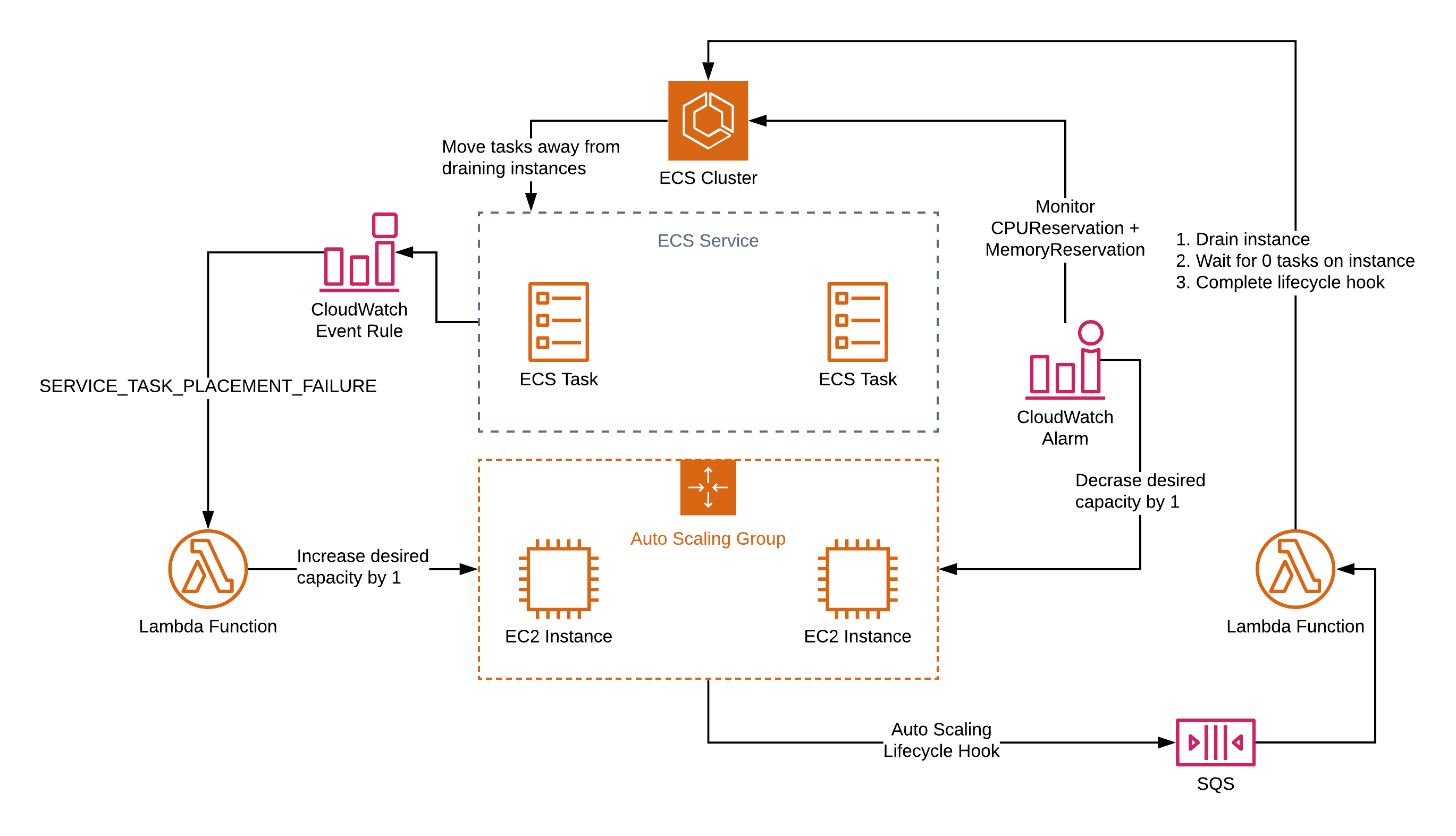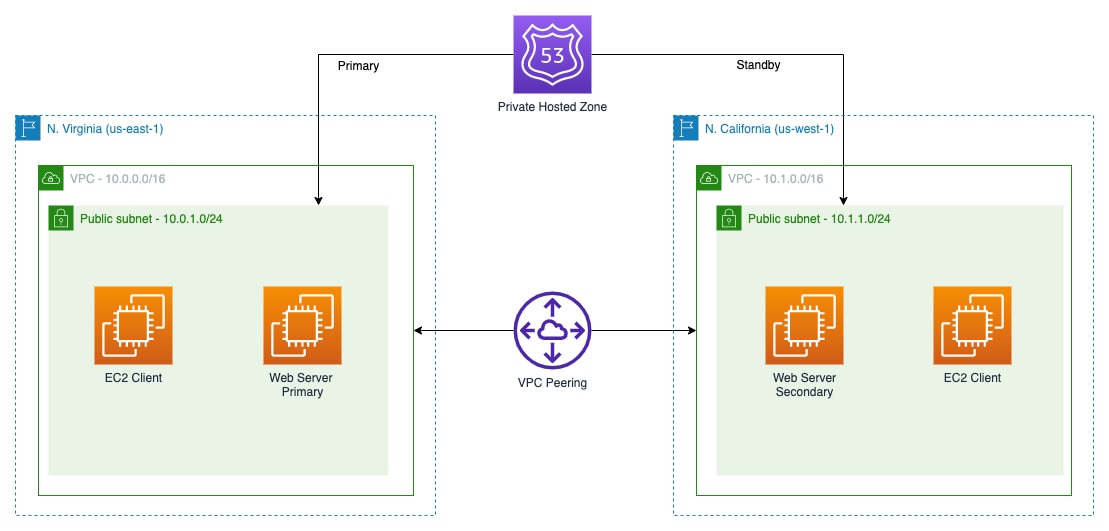Overview:
By leveraging containerization, small finance bank effectively addresses challenges related to complexity and deployment efficiency on his platform built on legacy tech-stack. This modernization enabled better resource and cost management. Focusing on AWS ECS as key enablers of this transition, this exploration outlines best practices for implementation that ensure their fintech applications remain adaptable in a rapidly evolving market and respond adeptly to changing customer needs.
Business Challenge:
- Scalability Constraints Impacting Performance
Monolithic architecture restricts independent scaling of components, leading to performance bottlenecks. - Prolonged Release Cycles
Changes in a monolithic system require full application redeployment, resulting in prolonged release cycles. - Maintenance Challenges Compromising Stability
Maintaining a monolithic architecture is costly, complex and error-prone, complicating upgrades. - Security Risk with legacy system
Legacy systems frequently face challenges in applying security patches, resulting in prolonged vulnerabilities that can be easily exploited by attackers. - Knowledge Gaps
Scarcity of resources with legacy system expertise impedes platform support. - Limited Innovation Capacity
Tightly coupled nature of monolithic applications restricts bank's ability to adopt new technologies and innovate, hindering its competitiveness in a rapidly evolving financial landscape.
Solution:
- Application Analysis:
Evaluate the existing monolithic application by analysing its architecture, dependencies while identifying key components and their interactions.
Basis business functionality, break down the application into smaller, more components or services. Create a comprehensive dependency map that includes libraries and external services to ensure all elements can be subgrouped based on their architecture, functionality, and technology stack, facilitating ease of modernization. Techniques like domain driven design can be leveraged to define boundaries.
- Containerization:
Basis factors like technology stack and cloud and/or on-premises environment, select containerization and orchestration platform.
Construct docker images for each application component, ensuring proper encapsulation, vulnerability mitigation and isolation. Employ multi-stage builds to optimize image size and enhance efficiency while adhering to best practices for layer management. These Images should be cleaned up with temporary files and unnecessary packages and use environment variables for secrets and sensitive data.
- Data Management:
Evaluate data management patterns, data synchronization mechanisms, caching policies & data integrity models.
- Integration and interoperability:
Define strategies for seamless integration and interoperability between microservices and other systems.
- Infrastructure Setup on AWS:
- ECS Cluster Configuration: Deploy an ECS cluster using the EC2 launch type, and task placement strategies that align with workload requirements. Implement service scaling based on CloudWatch metrics to maintain performance under varying traffic loads. Utilize AWS ALB for traffic distribution equally among different containers. Leverage IAM for access control.

- ECS Cluster Configuration: Deploy an ECS cluster using the EC2 launch type, and task placement strategies that align with workload requirements. Implement service scaling based on CloudWatch metrics to maintain performance under varying traffic loads. Utilize AWS ALB for traffic distribution equally among different containers. Leverage IAM for access control.
- Compliance & security:
Ensure entire set up is compliant with regulatory requirements and security policies and controls are deployed at every layer.
- Deployments and Release Management:
- AWS ECS utilizes weighted routing with Route 53 to implement canary releases, gradually shifting traffic from the "blue" environment to the "green." This strategy allows for real-time monitoring of the new version’s performance.
- Leverage automated deployments and infrastructure as a code strategies for on-demand deployments.
- DIY portal can be built to manage configurations & admin tasks for all microservices.
- Logs and secrets management can be externalized at service level.

Impact:
Migrating from a monolithic architecture to a docker containerized deployment on AWS ECS using EC2 instances offers a myriad of technical advantages.
This transition enables clients to decompose their existing monolithic applications into discrete microservices, allowing for independent development, testing, and deployment of each component.
By implementing docker, we created consistent container images that ensure uniformity across various environments—development, testing, and production. This solution achieved a remarkable 40% reduction in costs in addition to other benefits.
With significant increase in deployment velocity, pushing major and minor changes to production environment as per business need became easier. It provided competitive benefits.
AWS ECS facilitates the orchestration of these docker containers, enabling to leverage service discovery, load balancing, and automated scaling based on real-time metrics. This dynamic resource allocation significantly enhances Bank operational efficiency and cost management.
Furthermore, the isolation of microservices enhances fault tolerance; should one service fail, it does not compromise the entire application. Overall, this strategic shift aligns with client objectives for a robust, scalable, Cost optimized and resilient cloud platform, positioning them to better meet the demands of a competitive fintech landscape.











